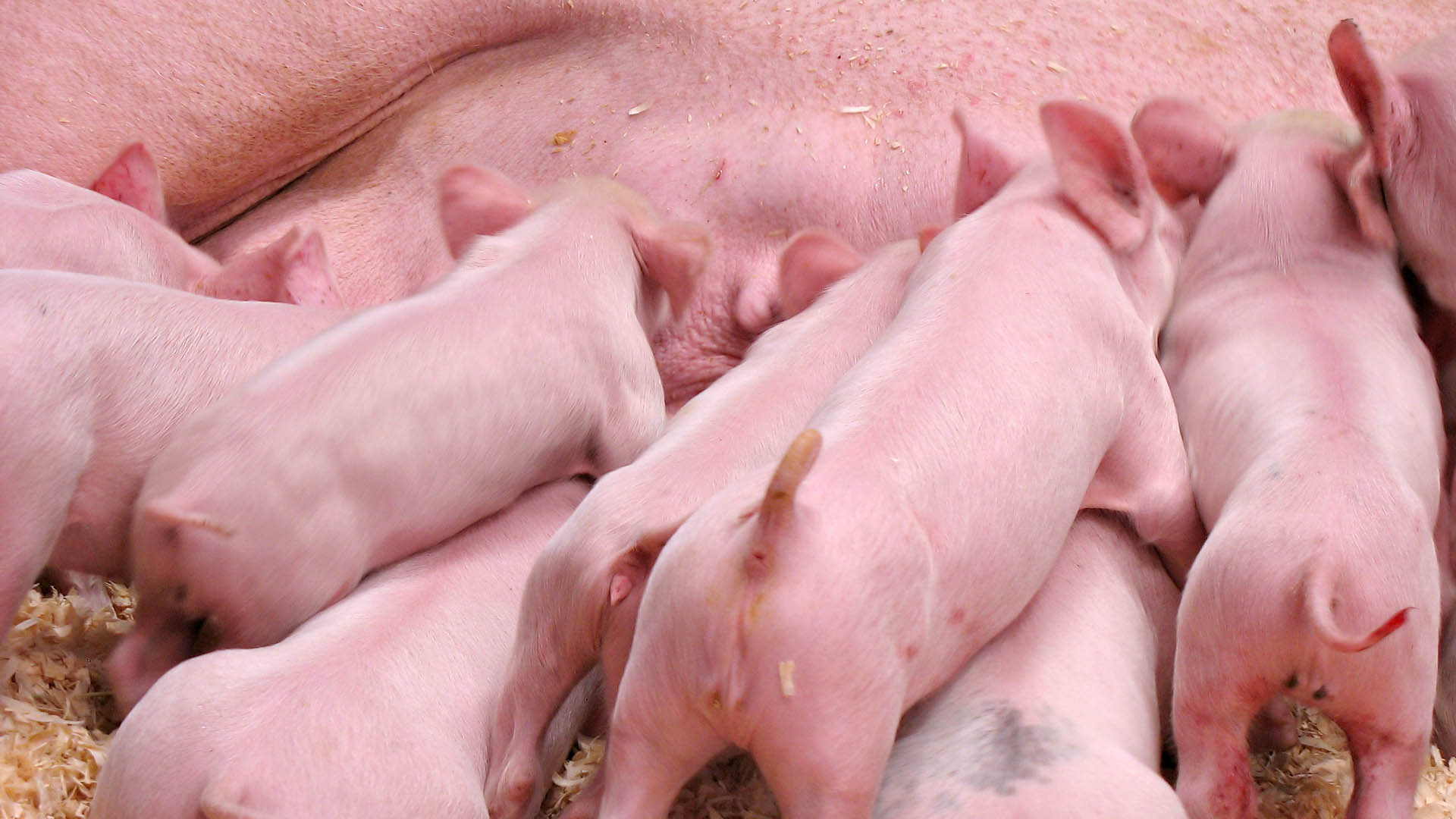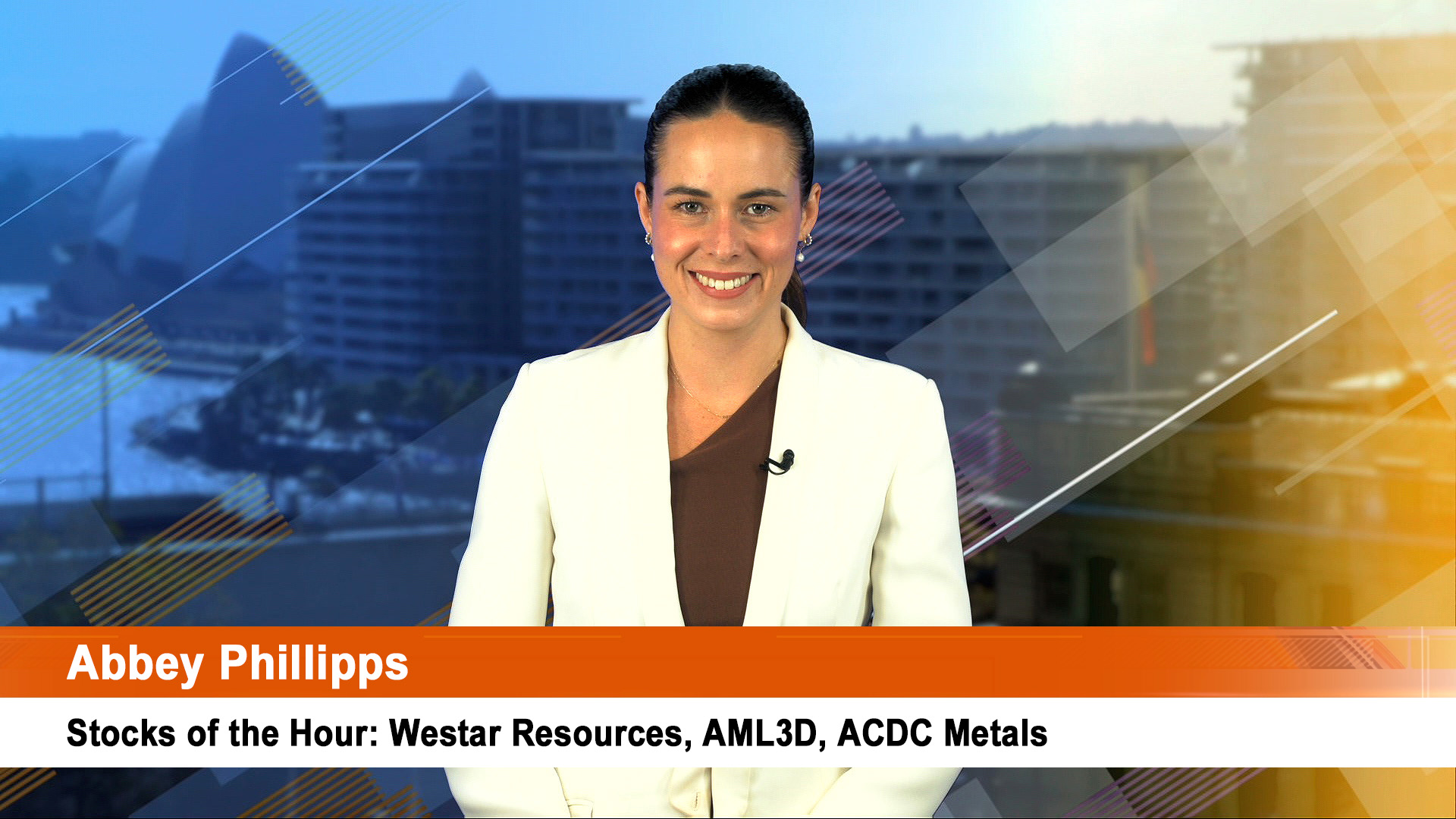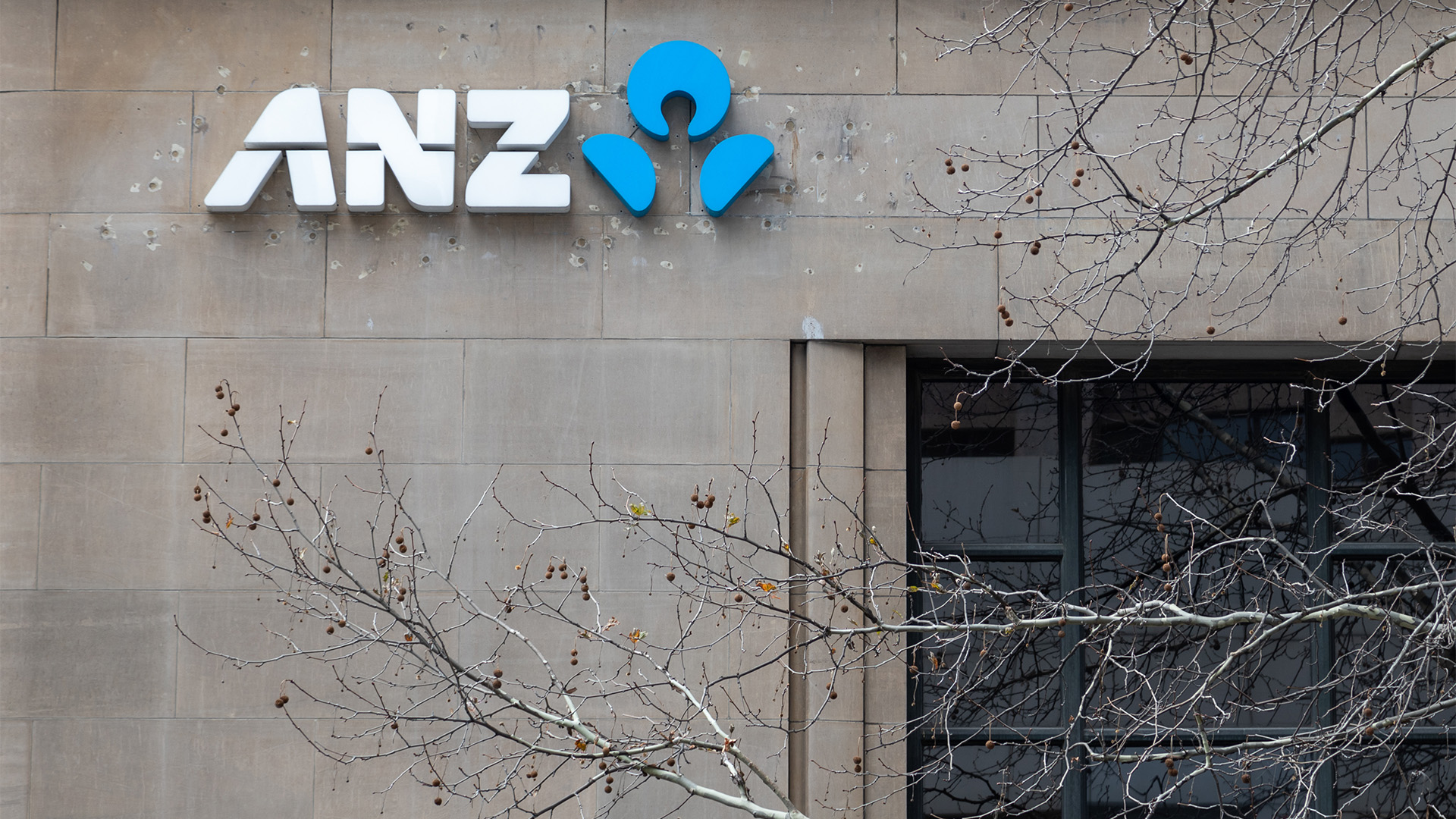House prices falling, building approvals down, new home construction weak and little if any tax or stimulus help left to staunch the downturn.
Just what the Reserve Bank would like to hear from the housing sector, even though it wouldn’t say so publicly.
Quite a few people claim the weaker housing figures helped the Reserve bank sit on rates on Tuesday.
Maybe, but its what the central bank has been looking for from six rate rises in a year,
So it’s no wonder the head of the Reserve Bank’s Financial Stability Department, Luci Ellis told an accounting conference in Brisbane yesterday that the housing market has cooled in recent months, most notably to first-time home buyers.
"Growth in dwelling prices has tapered off in recent months, especially in more expensive suburbs," she said.
Housing credit growth has slowed. New lending to first-home buyers reverted to closer to its historical share of loan approvals after the additional government grants expired.
"The difference has not so far been made up by other types of buyers. In particular, loans to property investor households have not surged the way they did during the more buoyant, rather speculative period in the early 2000s."
And in reply to a question she had a pointed warning for property investors, don’t chase yields lower by paying more for housing.
"If rental yields are very low, investors are buying properties without really thinking about the rental yield,’’ she said.
"Buying an asset just because you are expecting the price to rise in the future, well that is actually the academic definition of a bubble.
"So that would be undesirable and be seen as a problem.’’
Dr Ellis said rental yields had come up lately and the RBA considered the recent levelling off in housing prices as desirable, although prices didn’t need to get back to their 1970s levels.
"But they can’t go onwards and upwards faster than income forever,’’ she said.
And why would this please the bank, because it lessens the demands on resources, labour, materials and frees it up for the mining investment boom.
And looking out, there’s more weakness to come for new housing.
Immigration though is down sharply from a year ago, so the pressure to buy and on rents will subside.
Building approvals have been falling for most of this year and the Housing Industry Association yesterday added to the warnings of dire consequences form this decline with a prediction that the number of new homes to be built in Australia is in line for a noticeable downturn.
The Australian Housing Industry Association’s National Outlook said the country "is staring down the barrel of a housing downturn, according to the most comprehensive report card on Australia’s residential building industry, the Housing Industry Association’s National Outlook.” .
"Federal stimulus measures ensured the number of new homes built nationally increased by 26 per cent in 2009/10 to 165,209.
"However, as the measures wind down, housing starts are forecast to decline by 4 per cent in 2010/11 to a level of 159,393.
“The fact remains we are not building enough homes to match demand, and going forward our national housing shortage is expected to worsen,” said HIA Chief Economist, Dr Harley Dale said in the statement accompanying the report.
“Renewed weakness in new home starts in 2011 would mean there were only two years in ten when starts have risen.
"That is an appalling result, which highlights the challenge Australia faces in addressing a large and growing housing shortage that will place considerable further pressure on rental markets.”
The report forecast that housing starts are forecast to increase by 24% in calendar 2010 to 171,442, before dropping by 9.5% next year to just over 155,100.
RP Data-Rismark reported last week that Australian capital city house prices fell 0.2% in August from July.
On the renovations front, low interest rates and renewed growth in home values drove a 5 per cent increase in total activity to a record $32.8 billion in 2009/10.
“Higher interest rates appear to be dampening major renovations activity and home price growth has stalled. Total investment in renovations is forecast to tick up by less than 1 per cent in 2010/11 to a worth of $33.1 billion,” Mr Dale said.













